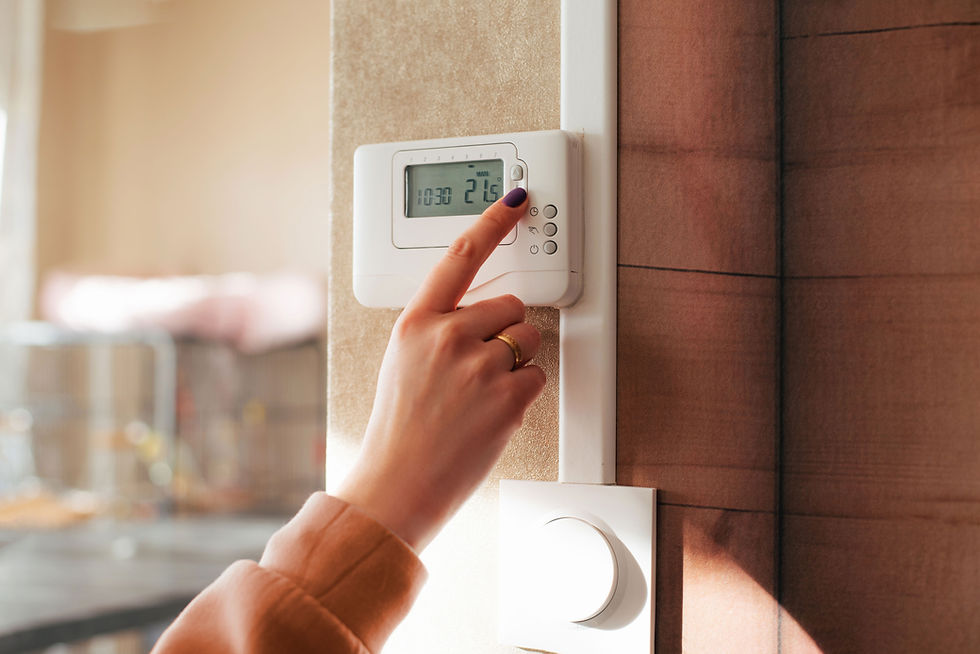Is Your Carbon Footprint Related to the Watt You Consumed?
- OwnWatt
- Apr 15
- 1 min read
Updated: Apr 17
As we move toward all-electric homes and cleaner energy, a key question comes up: Is your carbon footprint directly tied to how much electricity you use?
The short answer is: Not exactly. It’s not just how much you use—it’s when you use it.

⚡ What Is Carbon Intensity?
Every kilowatt-hour (kWh) of electricity you consume has a carbon intensity—a measure of how much CO₂ was emitted to generate that power. When your electricity comes from solar or wind, the carbon intensity is close to zero. When it comes from coal or natural gas, it's much higher.
📅 Why Timing Matters
Thanks to grid data and tools like NREL’s Cambium dataset, we now know that grid carbon intensity varies hourly. So two people using the exact same amount of energy in a day could have very different carbon footprints, depending on when they use it.
For example:
Running your dishwasher at 2 PM when solar is abundant = low carbon.
Charging your EV at 8 PM when fossil fuels ramp up = higher carbon.
🧠 Smarter Energy Use = Lower Emissions
The study Decarbonizing All-Electric Communities (Jing et al., 2023) shows that by shifting energy use to cleaner hours—using smart thermostats, EV scheduling, and even simple rule-based automation—users can cut up to 27% of their annual carbon emissions, without compromising comfort or cost.
✅ Bottom Line
Yes, your electricity use contributes to your carbon footprint—but how and when you use it matters just as much. Smarter habits and small shifts can make a big impact.

Comments